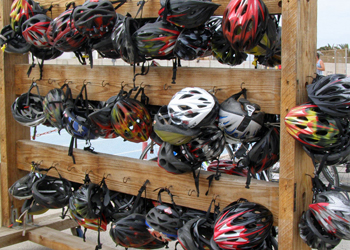The Power of Planking – Plank Benefits for Triathletes
Stuck at home, races cancelled or postponed? Feeling the pain of limited outdoor exercise and wanting to stay as fit as possible? It’s difficult to maintain the cardiovascular strength at home that you would normally get from limitless outdoor training (unless you’re lucky enough to have a turbo trainer, an Endless Pool and a treadmill).
Assuming that most of us don’t have all of those fabulous fitness devices, may we suggest the power of the plank?
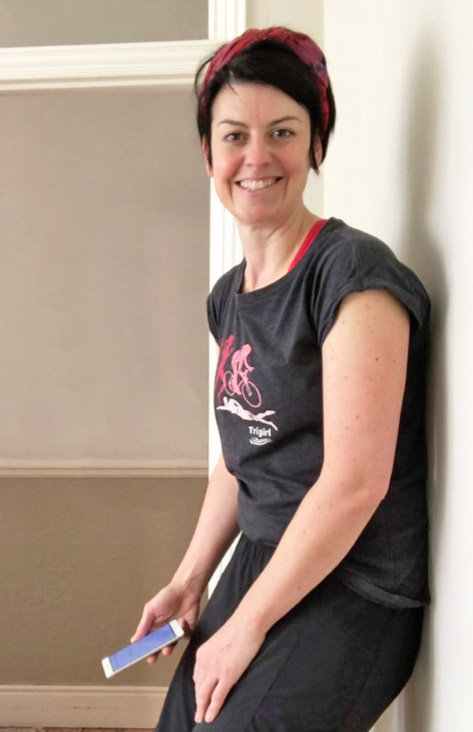
What is a plank?
A plank is an isometric (static, contracted) strength exercise, using the core muscles to maintain a stable, long line in a push-up position. There are many variations, but most common are the forearm (or low) plank and planking on your hands (high plank).
Why plank?
Planking is often referred to as one of the best overall strength exercises, but why? According to Harvard Health, “the plank pose activates all the core muscles at once, and doesn’t require extra movements that can cause stress or injury.” All of the core- let’s not forget, that includes not only front abdominals, but muscles on the sides and back of your body as well. This equates to better posture and less likelihood of back pain and injury!
And planks aren’t just for core- they also work shoulders, chest, neck, glutes, and quadriceps, especially with added variations.
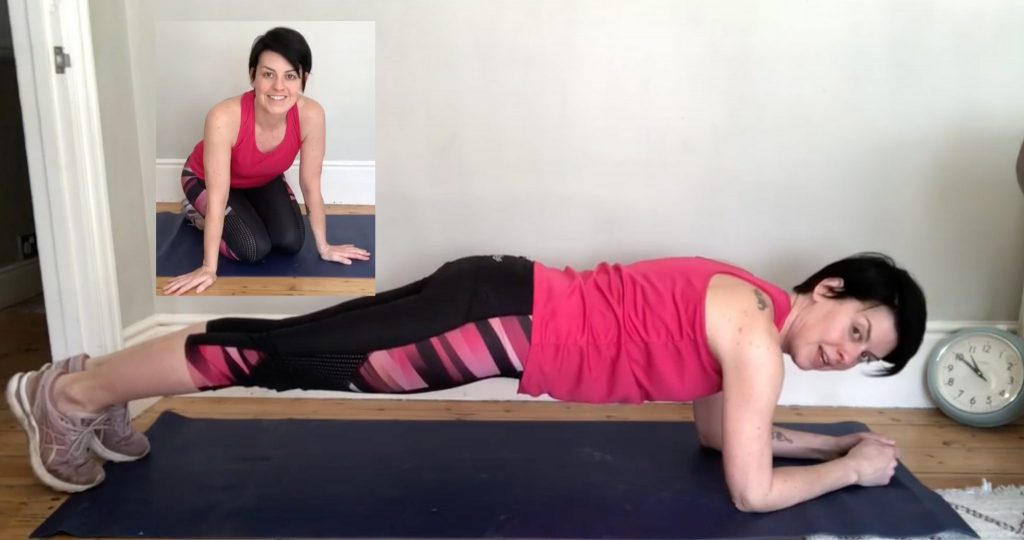
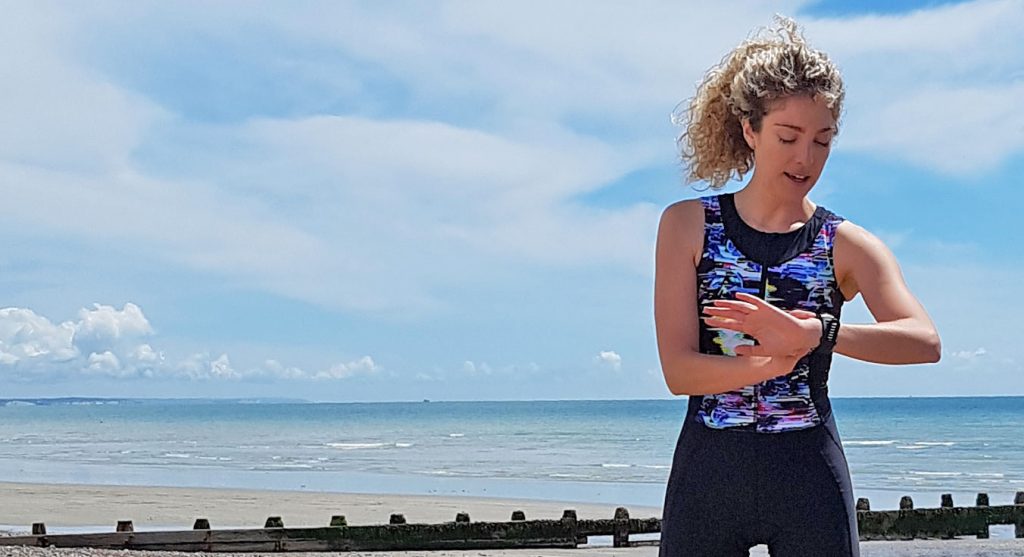
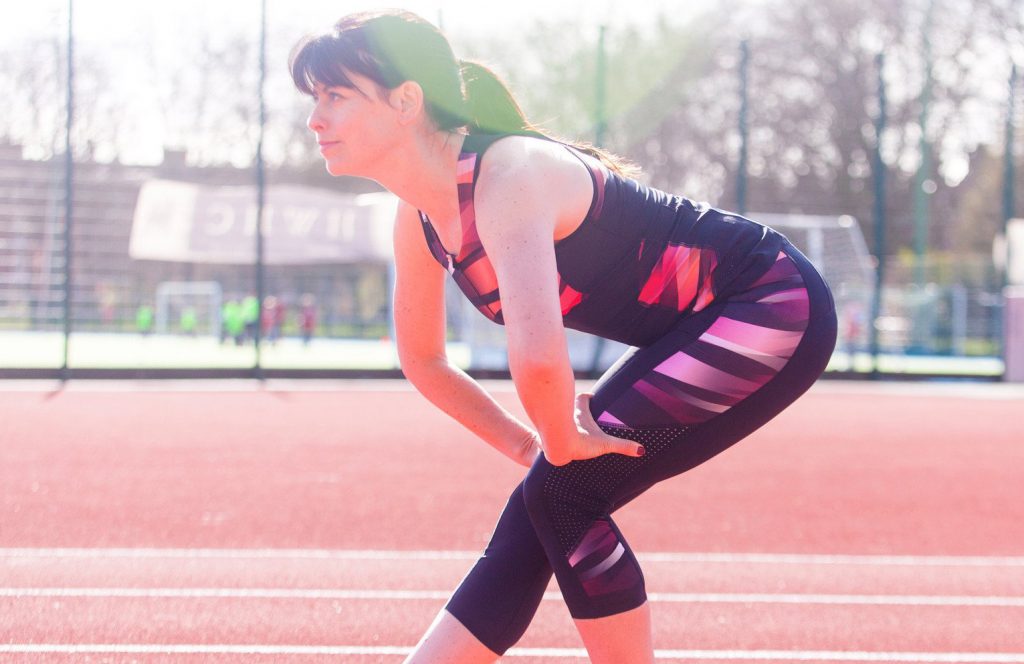
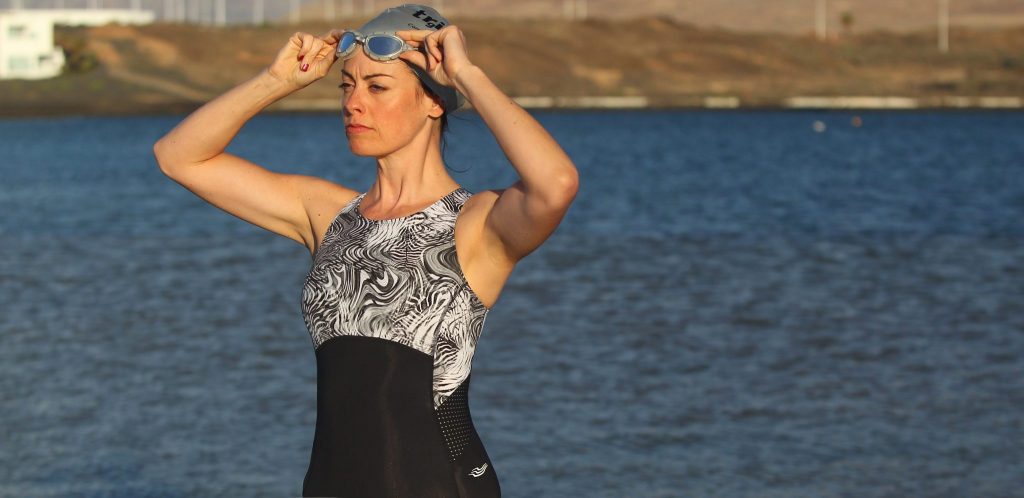

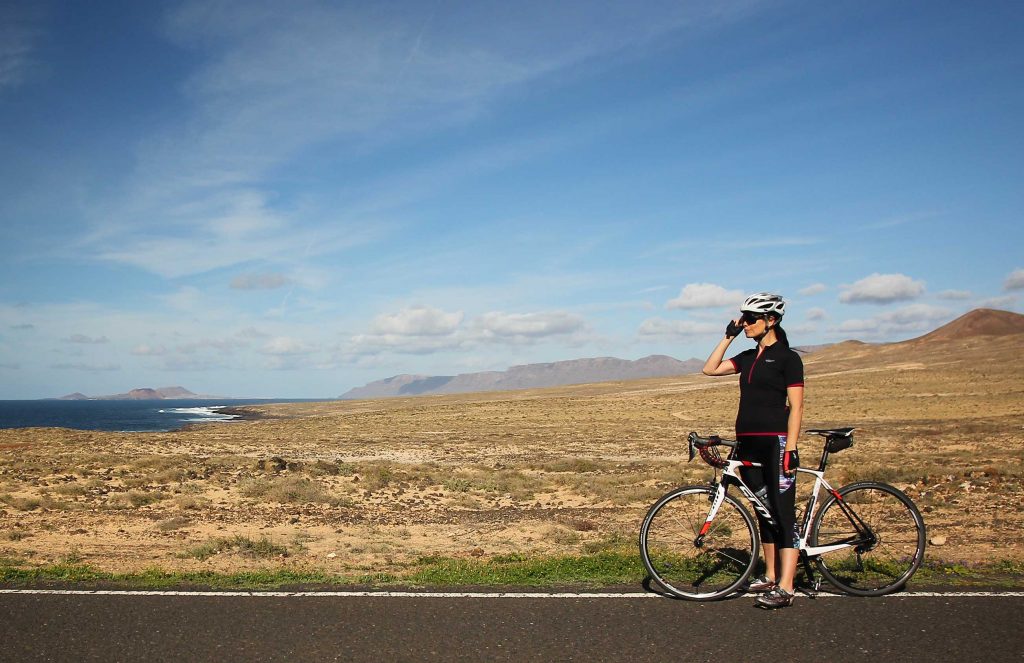

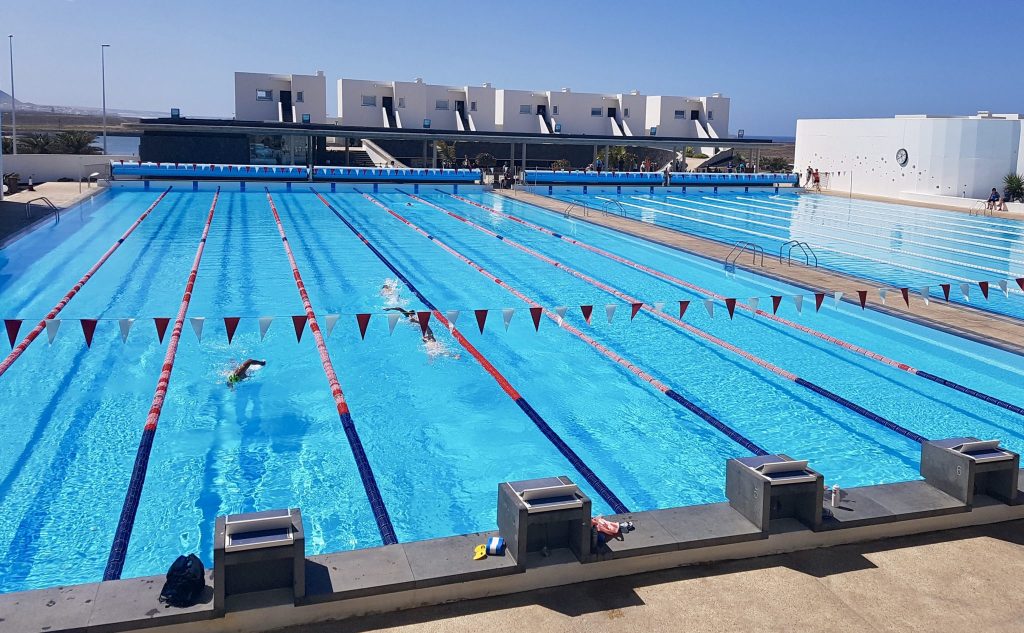
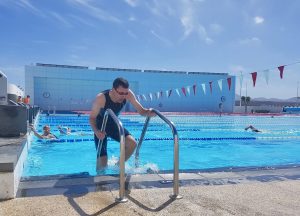


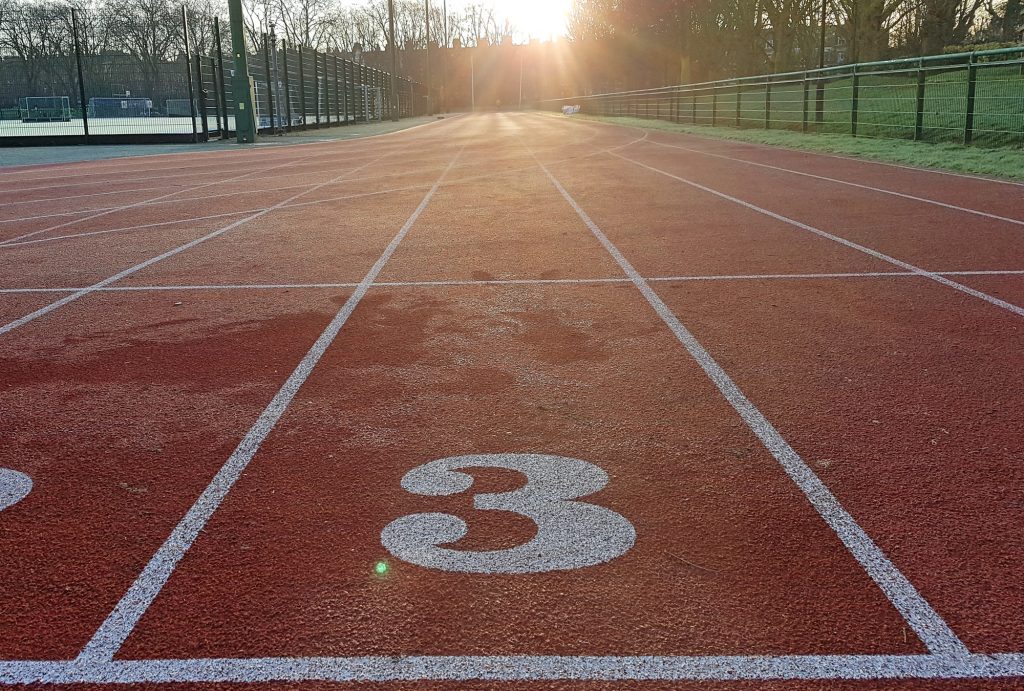
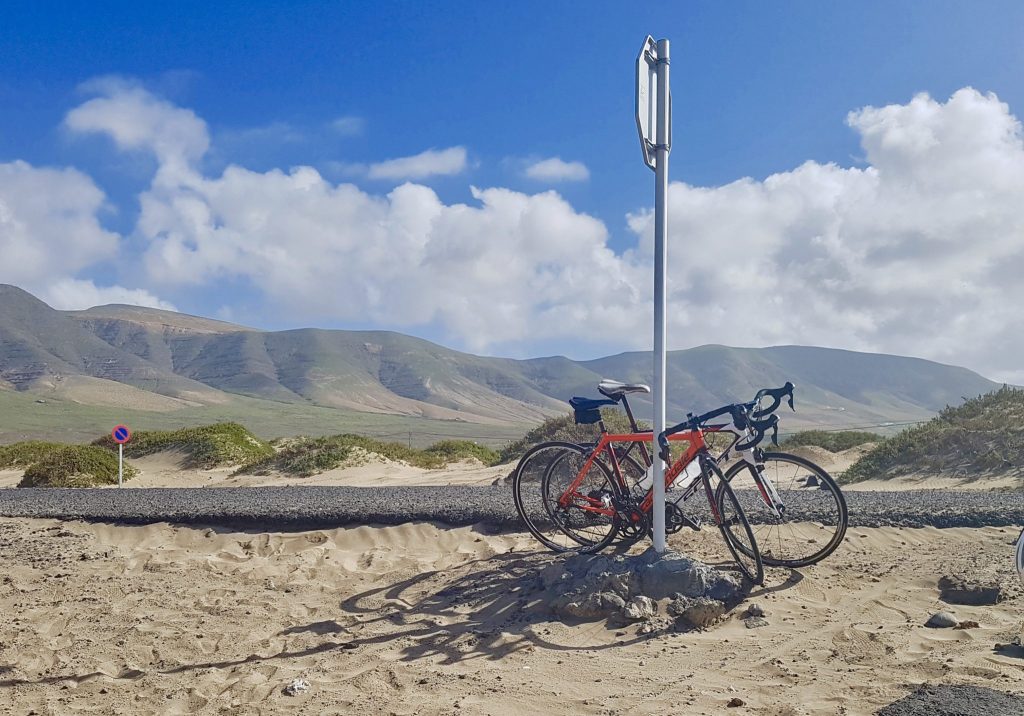
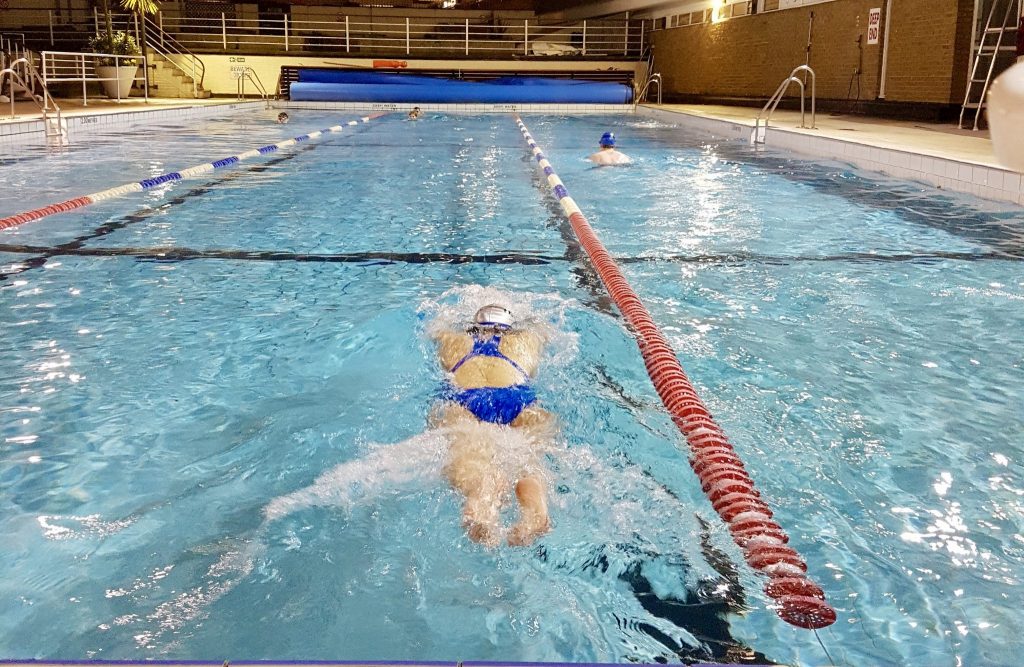
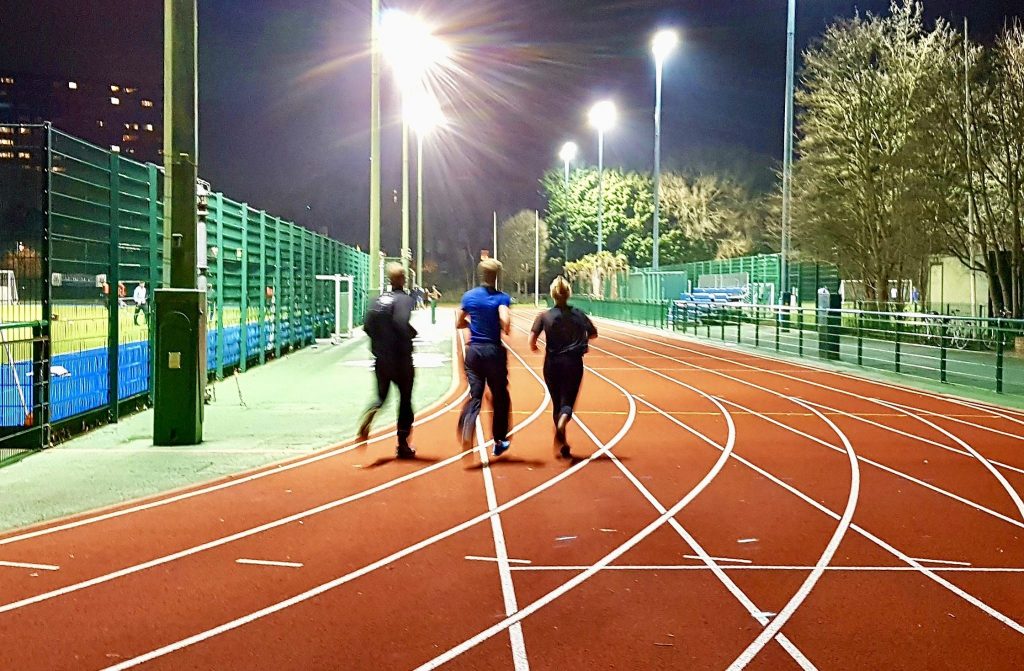
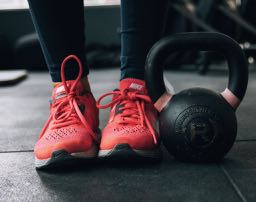
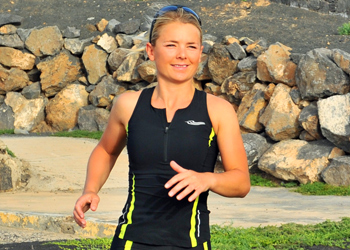 Trigirl Triathlon coach Kristin Duffy helps you to perfect your running form with her latest article. Working her way from the top – your head, that is – all the way down to your feet, you can achieve an effortless running style that will make you faster and prevent injury.
Trigirl Triathlon coach Kristin Duffy helps you to perfect your running form with her latest article. Working her way from the top – your head, that is – all the way down to your feet, you can achieve an effortless running style that will make you faster and prevent injury.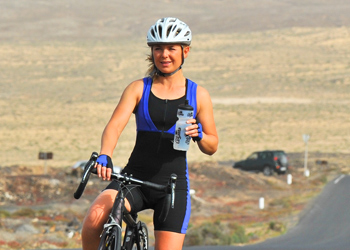 Our latest article focuses on triathlon’s longest leg – the bike.
Our latest article focuses on triathlon’s longest leg – the bike.